POST
July 20 , 2024
What You Need to Know about Hotels in Europe
A practical guide for American travelers

We travel to get away and to experience something different from our everyday grind. The European lifestyle has many qualities that appeal to Americans – longer vacation days, local markets, traditional shops, and utterly walkable city centers. Surrounded by romantic medieval buildings and winding lanes, it’s easy for North Americans to fall in love with the particular charm of these cities and towns. But as can happen in relationships when you move in with someone, the idiosyncrasies of their living habits are revealed.
The picturesque architecture and cozy streets of beloved European historic centers come with the real challenges of diminished space and outdated construction that sometimes conflict with our modern American standards of luxury.
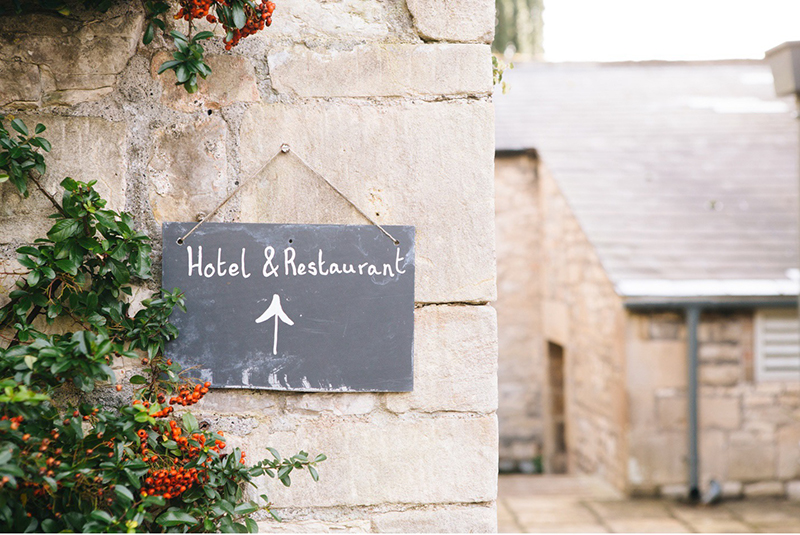
When it comes to choosing the best hotel for you, it comes down to knowing your non-negotiables, and knowing what you can generally expect from European hotels …
Understand Hotel Rankings
Don’t let a 3-star hotel in Europe put you off, and by the same token, don’t just automatically accept that a 4-star hotel will be up to your standards. The star-rating systems for hoteliers around Europe are more criteria-oriented and regulated by a governmental or tourism organization, while the rating systems in the USA are left to independent organizations and websites that can better reflect guest reviews and actual experiences.

This means that just because a nice hotel in Europe could be missing an on-site restaurant or an elevator, for example, but otherwise lovely, its rating will be lower. But it might have still have an ideal location, super comfy beds, a pool, or other features high on your list! Similarly, a hotel could check more boxes on paper, while in person it lacks the comfort or warm welcome you were hoping for. Be sure to ask your travel advisor for recommendations, and read reviews!

Historic Charm vs. Spacious Accommodation
Europeans are used to compact living, and this extends to tourist accommodations, especially when the hotel is housed in a historic building, renovated or otherwise. The trade-off of that historic charm is that you can generally expect less space to lay out your luggage and make yourself at home. We recommend avoiding ‘Standard’ category rooms and always going for ‘Superior’ or higher for the best square footage.
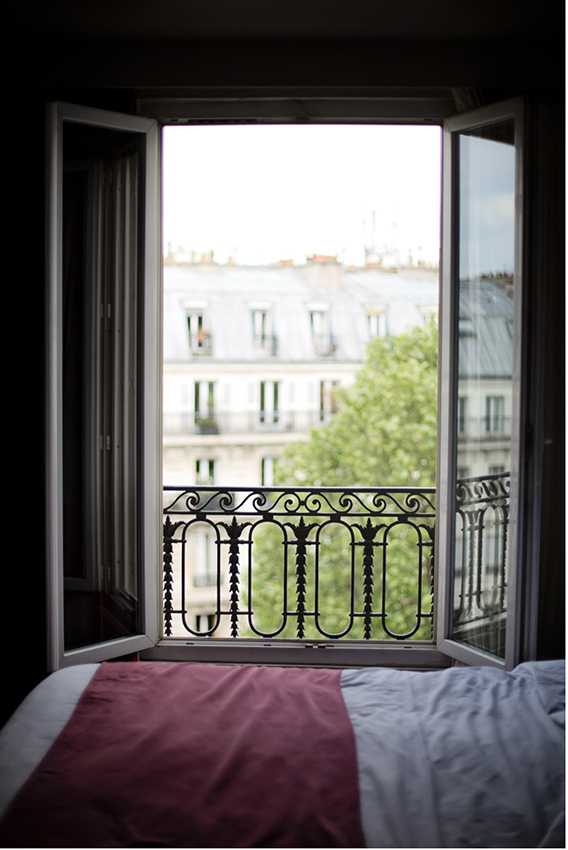
Central Location vs. Peace and Quiet
Of course, one of the top considerations of choosing the best hotel is location – it’s important to be near all the attractions so you spend less time in transit and more time immersed in the local culture. The trade-off of being in the heart of town is also being in the middle of the hustle and bustle. With an older hotel that has thin walls, that could mean more noise seeping through into your relaxation time. If you’re a light sleeper, you can make sure the hotel rooms are soundproofed, or check that your hotel is in a more residential area or a neighborhood on the edge of town.

Bedrooms, Beds & Amenities
Hotel rooms in Europe are smaller, so it follows that the beds tend to be smaller too. Instead of two double beds like many American hotel rooms, you’ll typically find either one queen-size bed or two twin-sized beds pushed together (making a king but sometimes with a crevice in between). In major cities, you can book at an international hotel brand such as Intercontinental or Marriott if you really want to avoid this. In smaller towns, you might find some nice European chains, such as NH Hotels or H10 Hotels, that offer more modern room and bed sizes.
For whatever reason, Europeans aren’t accustomed to using top sheets, but they love duvets. It’s a quirk that you’ll just get used to, or maybe find a spare blanket in the closet if the duvet feels too suffocating for you.
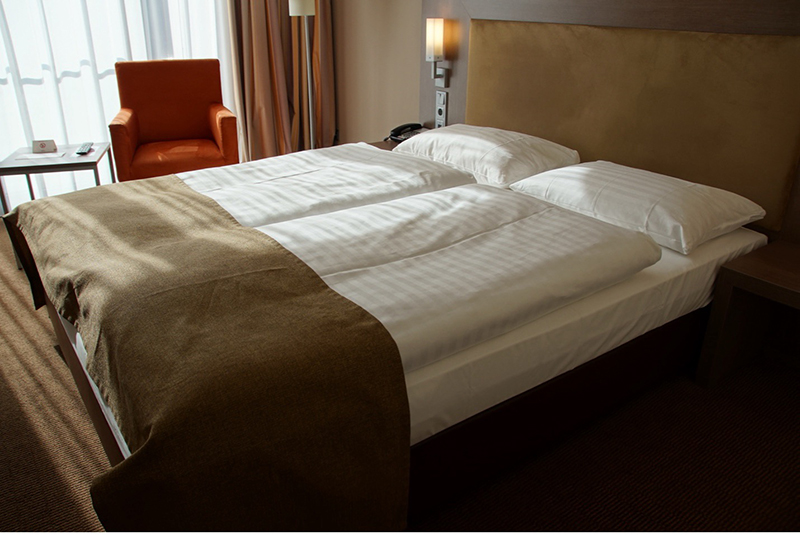
Any hotel we book will have air-conditioning, but it sometimes happens that the cooling system isn’t very powerful. And if playing with the thermostat doesn’t seem to have any effect, you might need to actually call down to reception to have them change the temperature as it can be centrally-controlled. Also, you should be aware that some hotels have a central A/C system that they only run from April 15 to October 15. If you happen to hit a hot day in late October, you may have to open a window to catch a breeze.
Although air-con isn’t omnipresent in Europe, some form of heating pretty much is. Instead of central heating, you may instead have a radiator. There can be city regulations that prevent hotels from turning on the heat before, say, November, so if you’re traveling in the autumn then make sure you have some warm PJ options in case it does get chilly at night.
In-room minibars aren’t a given in Europe, although if you’re staying above a budget level you’re more likely to have a small fridge in your room. You might be accustomed to filling an ice bucket at US hotels, but ice is really not common in Europe, so don’t expect to find an ice machine at any hotel.
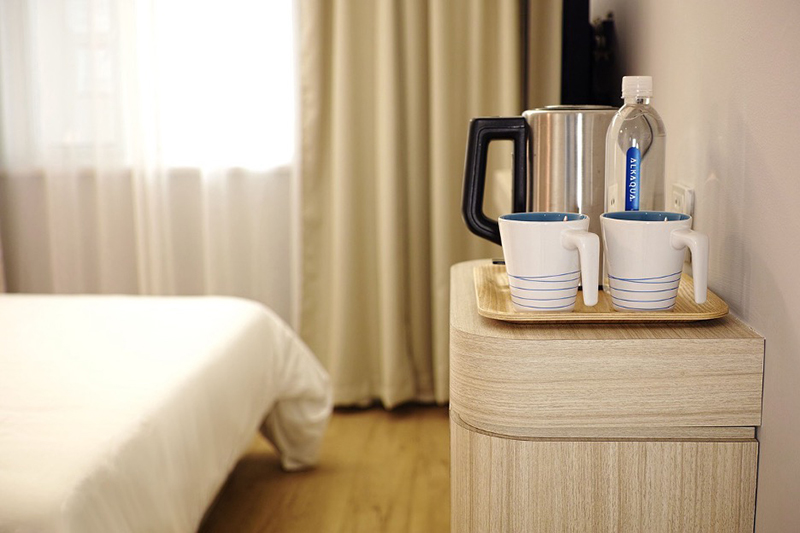
Bathrooms & Showers
European bathrooms are on the same scale as the bedrooms, meaning tiny. Your toilet might be sharing floorspace with a bidet – a creature you won’t encounter in a North American hotel or hotel chain. Yes, those miniature towels next to the bidet are meant to be used to dry your tushy after use. Instead of a freestanding bidet, you could also find a hose next to the toilet, meant for the same purpose. And while you can expect to find a bidet towel, don’t count on a washcloth – pack one with you if it’s something you can’t do without.
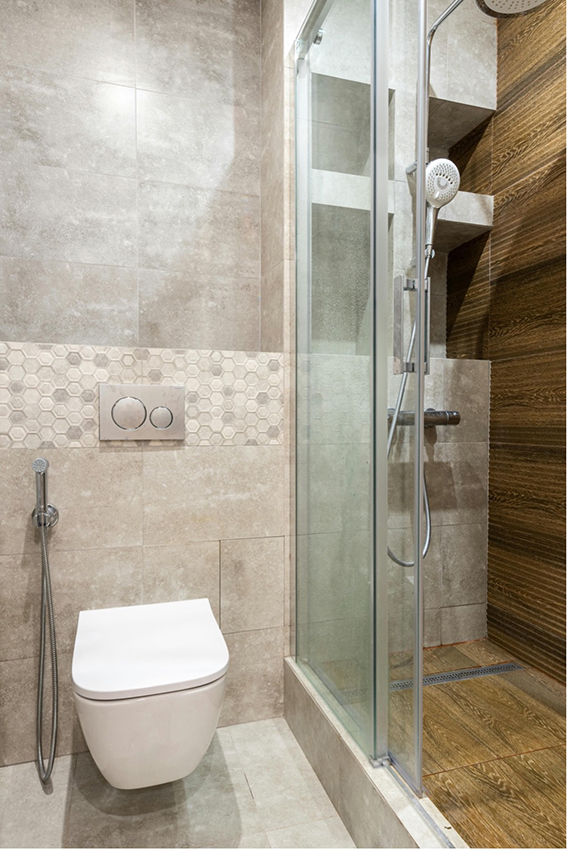
A consideration about plumbing: if you’re on an island, or in a building with old pipes, there’s probably a sign in the bathroom that asks you not to flush the toilet paper.
In the case of showers, you’ll need to familiarize yourself with the handheld shower head. Often, hotels will have the option of a rainshower-type fixture or a hose fixture – after using one of these flexible shower nozzles, you may decide to install one in your own home.
Many accommodations will have a small, simple hairdryer built into the wall. There can also be a special funny-looking outlet that is labeled as only suitable for shavers (so you can plug a US shaver directly into this). Due to wiring regulations, it can be prohibited to have an outlet adjacent to the faucet, so if you have your own styling device, you’ll be plugging it in outside the bathroom – that’s just as well, since you and your travel companion may not have space to get ready together in the bathroom anyway.

Electrical Outlets & Voltage
Staying charged is super important when you’re taking a lot of photos and using a maps app or recommendation sites as you explore a new city. On this note, we recommend to always travel with a powerbank!
For juicing up your devices at the hotel, you’ll need to have a travel adapter, a gadget that allows you to physically plug your straight-pronged charger into those European outlets with two round holes. Simply buy a universal travel adapter to cover your bases.
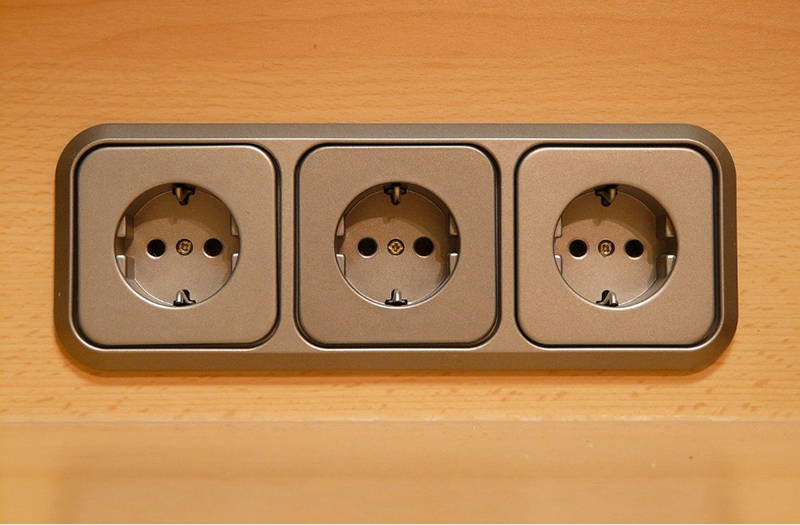
Newer and renovated properties may have USB ports built directly into the wall for easy charging. We will note here that the FCC does have a warning about ‘juice jacking’, a kind of data hacking that could theoretically occur when you use free public USB ports (airports included) – it doesn’t seem common, but it is a possibility.
Now, travel adapters only make it so that you can plug in your devices, they do not convert the voltage. These days, almost all personal electronics are “dual voltage” (120V -240V), so all you’ll need is the travel adapter mentioned above. You can buy styling tools that are dual voltage – if they aren’t, then you’d need a bulky transformer to convert the voltage, and nobody really wants to carry that in their luggage.
Elevators & Floor Numbers
Elevators in historic properties can definitely be cramped, having probably been retrofitted to a tiny stairwell, sticking with the theme of space efficiency in densely populated urban quarters. (Another good reason to pack lightly!) It’s also good to realize that the ‘first floor’ in Europe is not the ground floor, but one up from street level. The lobby will usually be located on the ground floor, so press zero in the elevator.

The quirks and curiosities of European accommodation can be a bit of culture shock for the uninitiated, but it’s all part of the cultural immersion, and now you’re well-prepared for what to expect.
You never know, your lodging experiences abroad might even inspire you to use your own living space in different ways, or just to be that much more grateful for home sweet home.